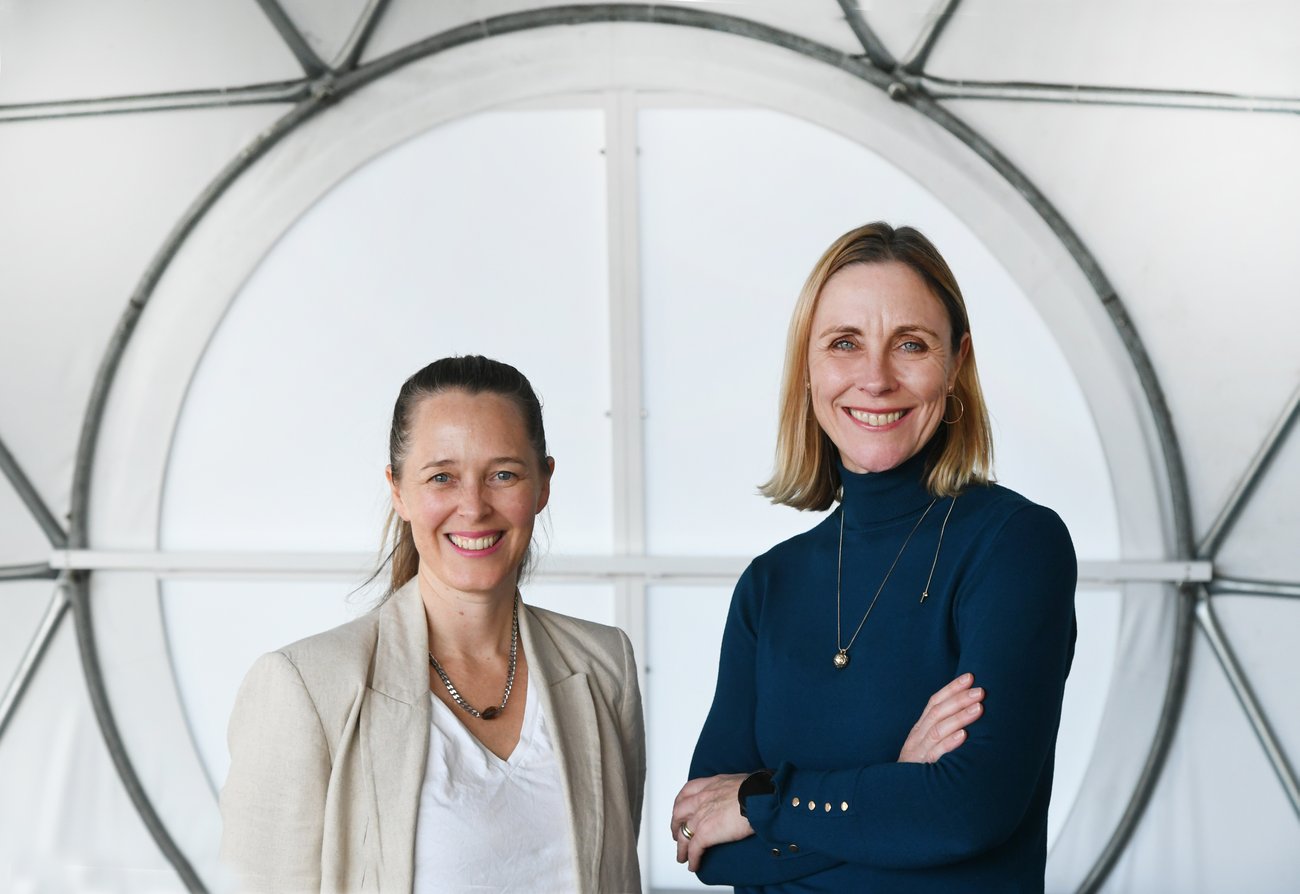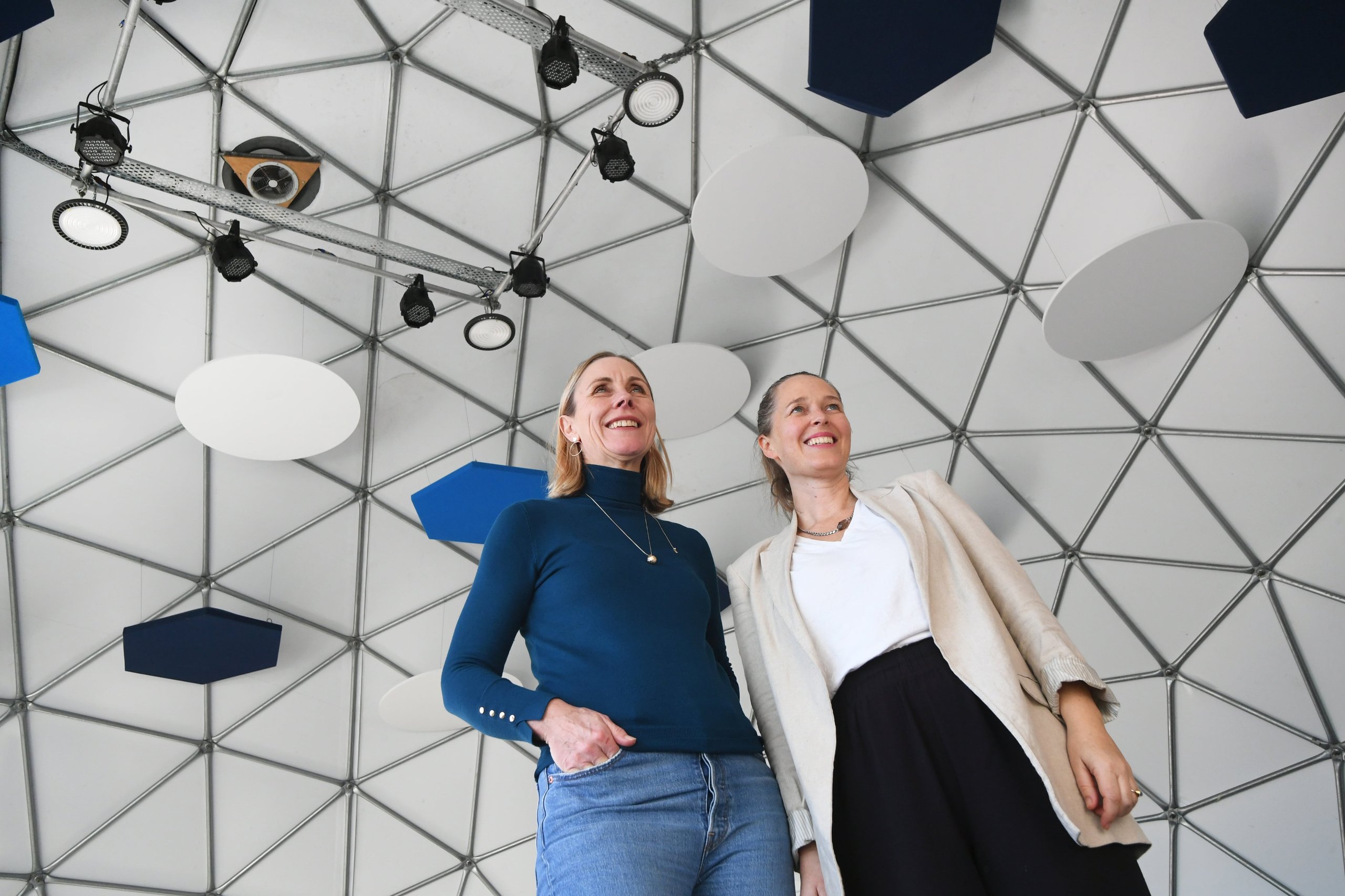
Auckland’s much-loved Museum of Transport and Technology (MOTAT) is set to open a new experience in April 2024 that will captivate children and young people’s interest in the world of science and discovery and maybe even inspire them to be future innovators.
We chat to General Manager of Museum Experience Sally Manuireva and Senior Exhibition Developer Esther Tobin on how this will be achieved.
Scaffolding and workers swarming MOTAT’s main exhibition building on Great North Road will have caught the eye of Western Springs commuters and visitors these past couple of months. The hive of activity is a sign that long-held ambitions at the museum are soon to come to fruition.
Autumn 2024 will see the opening of a brand-new, interactive science and technology centre in the building, designed to capture the imaginations of Aotearoa youth and engage them in the world of science.
Tobin heads a team of experts charged with bringing the centre to life. She says the project is a golden opportunity to leverage and strengthen MOTAT’s position as the science and technology playground of Aotearoa and respond to the needs of visitors, families, schools, and the science and technology community.
“Families are hungry for comfortable environments that foster learning and creativity. Teachers are eager for science and technology experiences with clear curriculum alignment. Universities are concerned about the number of young people moving into some of these areas at a tertiary level. We are responding to these needs with this new centre by hooking our young people in early and nurturing their curiosity and potential.”
The centre incorporates three main galleries including one designed especially for under-five-year-olds. It calls upon nature as our teacher and will feature, among other elements, a puna (spring), kūmara garden, harakeke (flax) weaving, and even a pūriri grove that creates a nest for babies play in, “All designed to encourage play, movement, and social engagement,” says Tobin.
The main gallery, aimed at upper aged children, will go deeper into science, allowing visitors to physically explore light and colour, energy and matter – to name a few.
“The big idea for our main gallery is ‘our dynamic world, dynamic relationships’ – the goal is to express the beauty and wonder of our world and at the same time demystify it,” adds Tobin.
Finally, the Innovation Hall will be a multi-purpose space, able to be transformed from an experiment hall into a classroom or an event space and everything in between – an environment where visitors will get to have a go at myriad activities.
Read more: Sustainable solutions for everyday life with MOTAT
“Our innovation ecosystem has been unwavering in their support of this project. Their encouragement and enthusiasm affirm the need for this centre,” says Tobin.
The fact the exhibition team has tapped into and collaborated with many other experts to make sure it is creating an experience that feels inviting and is engaging to all New Zealanders, is just one reason Manuireva is confident the centre will be a winner with visitors.
“MOTAT already has a great tradition of bringing science and technology to life – you can see it in action here – you can experience it. Bringing different perspectives into the creative process means this strength is further enhanced and diversity is given priority,” she says.
Tobin and the team have partnered with Pūhoro STEMM Academy and with Pita Turei, a local knowledge holder and storyteller. They are also working with the University of Auckland’s Science Faculty and have sought advice from six international science centres to learn the most effective ways to engage visitors.

Manuireva says the new centre is part of a master plan first established in 2016 to set the aspirations of MOTAT into the future. Covid-19 delayed development, but now the construction phase of the centre is already half complete and includes installing a climate control system and improving the interior ready to house the new exhibits and collection items.
The exhibition itself will have been almost two years in the plan and build by the time it opens, and already has the backing of strong voices in the science community, including Professor Dame Juliet Gerrard, the Prime Minister’s Chief Science Advisor.
“It is essential to ensure the next generation is inspired and ready to tackle the challenges and seize the opportunities presented by emerging technologies [such as artificial intelligence]. Centres like MOTAT enable all kids to have their interest sparked in technology, irrespective of their teacher or school. It also proves a centre of inspiration for STEM teachers who can infuse their lessons with excitement gained from the centre,” says Gerrard.
“I’m very excited by MOTAT’s plans and can’t wait to see them come to life.”
Dr Michelle Dickinson, one of the brains behind Nanogirl Labs, agrees: “Research shows that children who aren’t positively exposed to STEM activities at a young age are more likely to drop these subjects at high school, limiting their career options in the future.
“I am passionate about helping to improve diversity in these fields so it’s important to provide fun and affordable access to hands-on STEM learning experiences to all children. It helps them build a strong and positive foundation where they can see themselves as the problem solvers and innovators of the future.”




